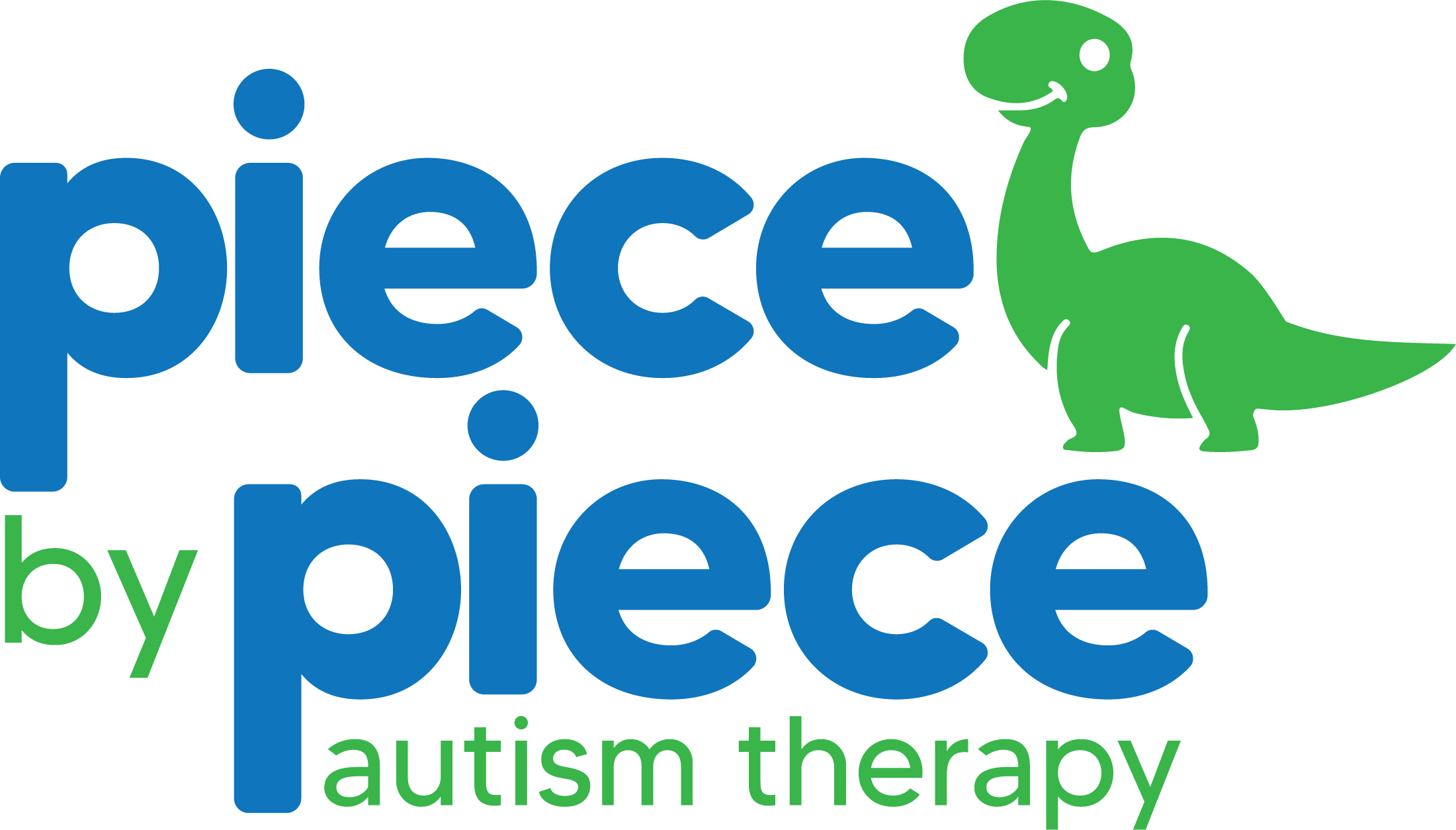
1. What is Applied Behavior Analysis (ABA)?
ABA is an evidence-based therapy that uses principles of behavior to increase socially significant skills and reduce challenging behaviors.
2. How does ABA therapy support individuals with Autism?
ABA therapy targets communication, social, adaptive, and academic skills while decreasing behaviors that interfere with learning and daily living.
3. What does an ABA session typically look like?
Sessions may include structured teaching, natural environment training, data collection, and reinforcement to promote skill acquisition and generalization.
4. Who provides ABA therapy?
Board Certified Behavior Analysts (BCBAs) develop treatment plans, while Registered Behavior Technicians (RBTs) or Behavior Technicians (BTs) implement therapy under BCBA supervision.
5. How are treatment goals determined?
Goals are individualized based on assessments, caregiver input, and the client’s developmental needs. Treatment plans are updated regularly based on data and progress.
6. How many hours of ABA therapy are recommended?
Intensity varies. Many children benefit from 10–40 hours per week depending on age, skill level, and individual needs.
7. Is ABA only for children?
No. ABA strategies are effective across the lifespan and can be applied with toddlers, school-aged children, adolescents, and adults.
8. How is progress measured in ABA?
Progress is tracked through continuous data collection, graphed results, and regular reviews to ensure interventions remain effective.
9. Does ABA therapy replace other services?
No. ABA is often used in conjunction with speech therapy, occupational therapy, and educational support to provide comprehensive care.
10. How are caregivers involved in ABA therapy?
Caregiver training and participation are essential. Families learn strategies to support skill generalization and behavior management across settings.



